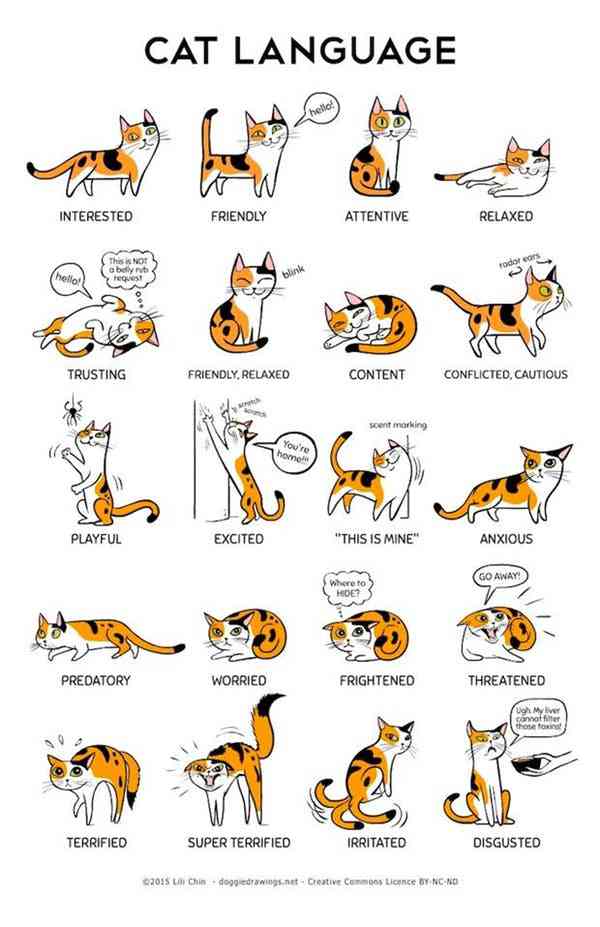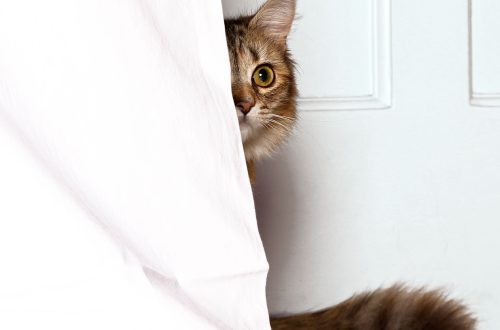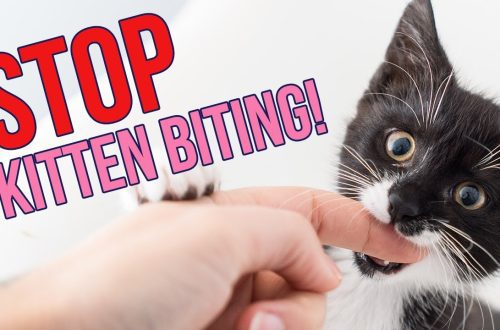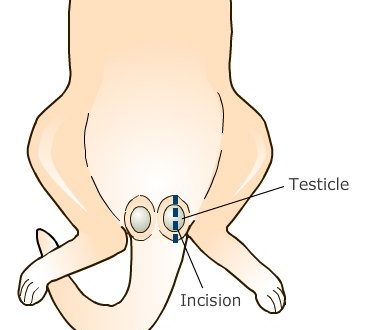
How to understand a cat?
Cats use both verbal and non-verbal means to communicate. The first group includes sounds made by animals, the second – gestures and postures. Alas, a person is not always able to understand their meaning. However, there are a number of signals that will help determine what your cat wants.
Purr
Surprisingly, until now, scientists have not revealed the mechanism of cat purring. How it happens and for what, it is not known for certain, there are only assumptions. Cat purring differs in volume, intensity and nature of the sounds reproduced by the cat. Interestingly, kittens at the age of two days already know how to purr. With this signal, the cat:
Shows pleasure. Most often, cats purr with pleasure when they are caressed and stroked.
Attracts attention. If a cat purrs and rubs against its legs, there is no doubt that it most likely wants you to feed it or pet it.
Tries to calm down. It has been established that rumbling provokes the production of a special hormone in cats, which has a calming, relaxing and analgesic effect. So a cat can purr even when sick or in fear.
Meow
It is believed that cats rarely communicate with their own kind with the help of meows. The exception is kittens who talk to their mother in this way. An adult cat, meowing, most likely wants to attract the attention of the owner.
By the way, the talkativeness of an animal often depends on the breed. Siamese, Oriental and Thai cats are famous for their habit of chatting with the owner.
Hissing and grumbling
It is difficult not to notice and not understand why a cat hisses. You can usually tell right away that she’s scared. Cats grumble, as a rule, also for this reason. In addition, a pet in fear can make short squeals. Often this is a reaction to other animals.
Tail
In addition to verbal communication, a cat can also be understood by the movements of its tail:
The tail is raised up. This is a sign of trust and good mood;
Vigorous wagging of the tail from side to side. Most likely, the pet is nervous or irritated;
The tail is tucked in between the hind legs. This pose indicates that the cat is scared;
Fluffy tail. Such a gesture also indicates fear, but it also signals a readiness to attack.
Ears
Ears pressed back indicate that the cat is irritated, frightened, or preparing to attack. If the cat’s ears are directed forward, it means that she is interested in something.
cat habits
Very often, owners do not pay attention to the behavior of cats, believing that they do not mean anything. However, this is how animals express their emotions. For example, all cat owners know the movement when the pet moves its paws and purrs. This means that the cat is satisfied with everything and completely trusts you. Such a habit is formed in the animal in childhood – this is what kittens do in the process of feeding them to their mother cat.
August 22 2017
Updated: October 5, 2018





